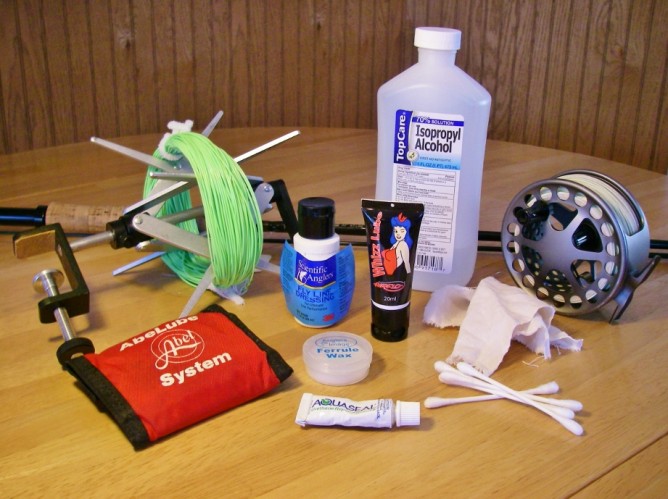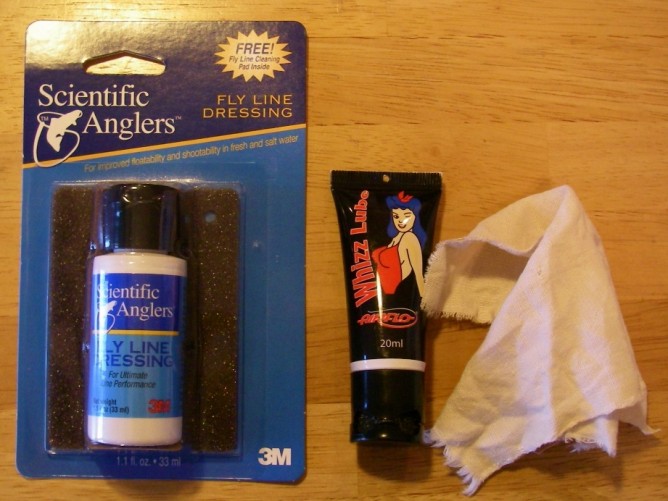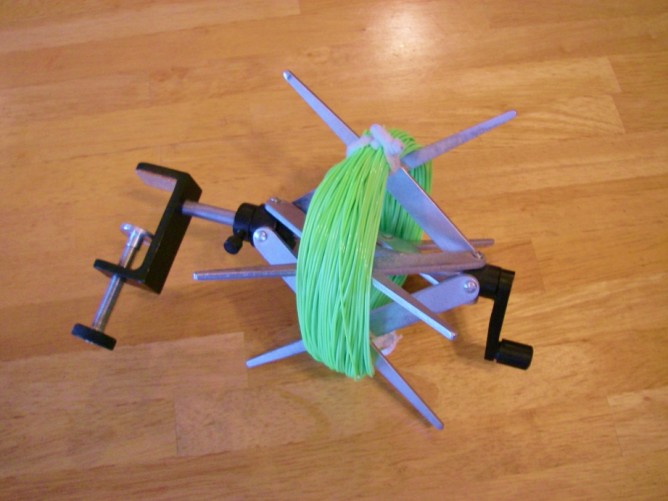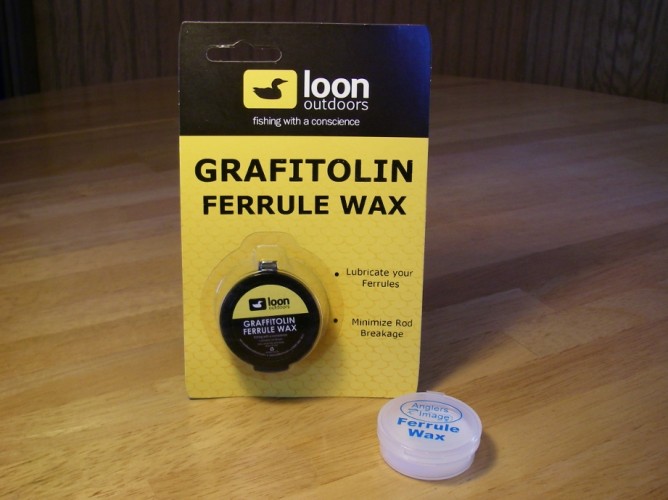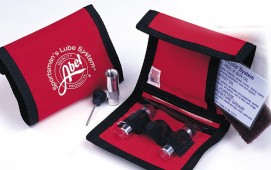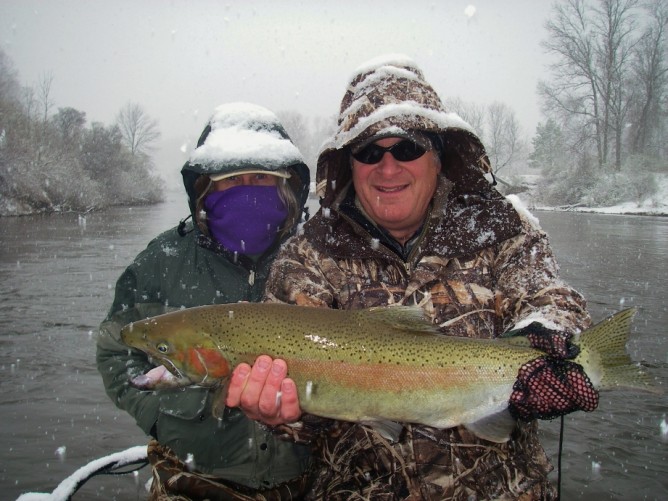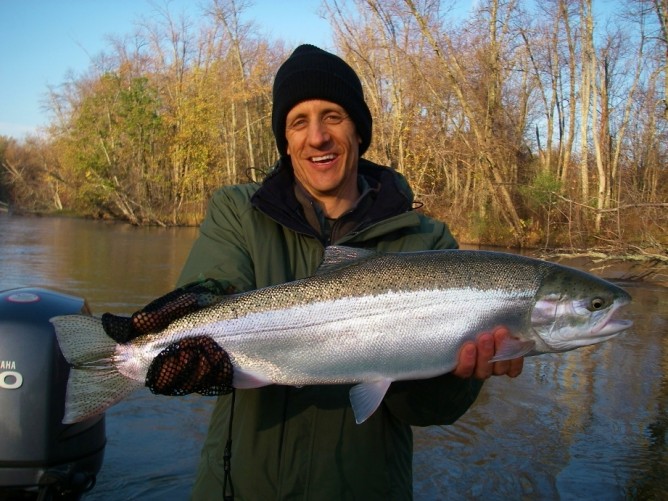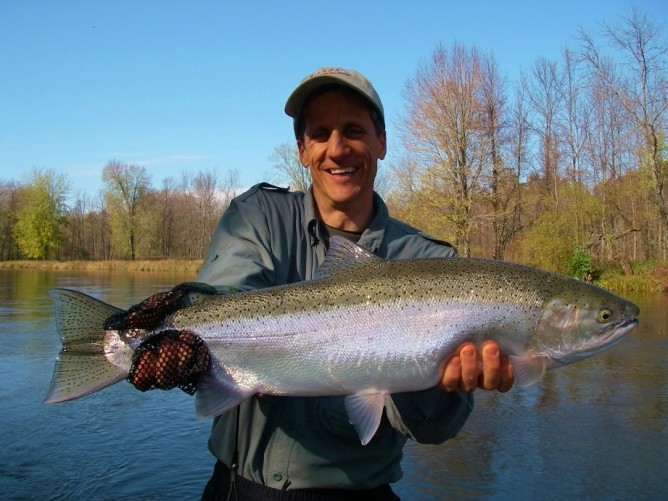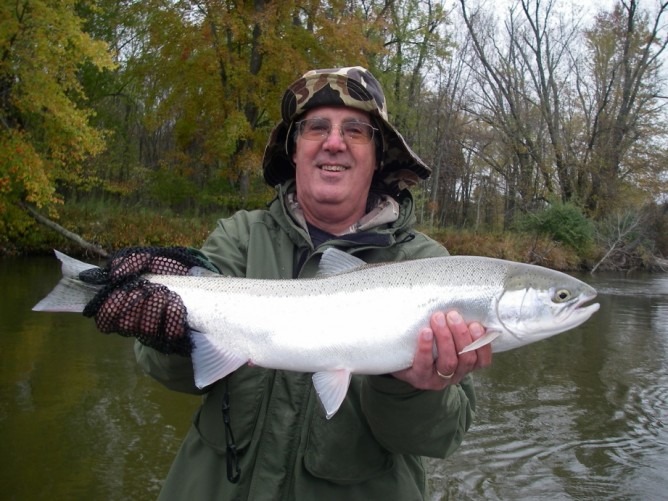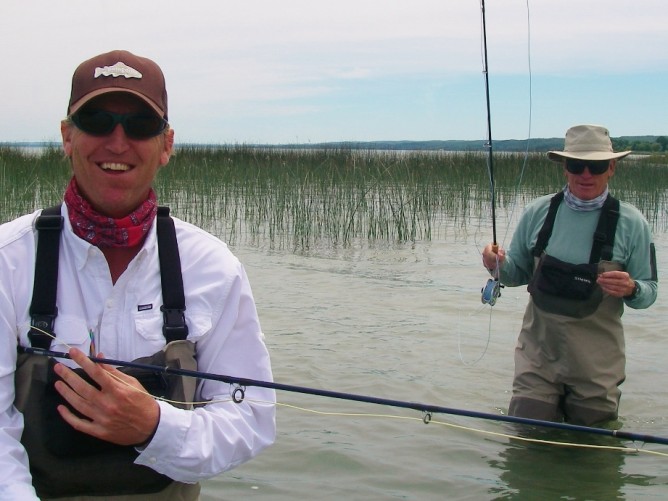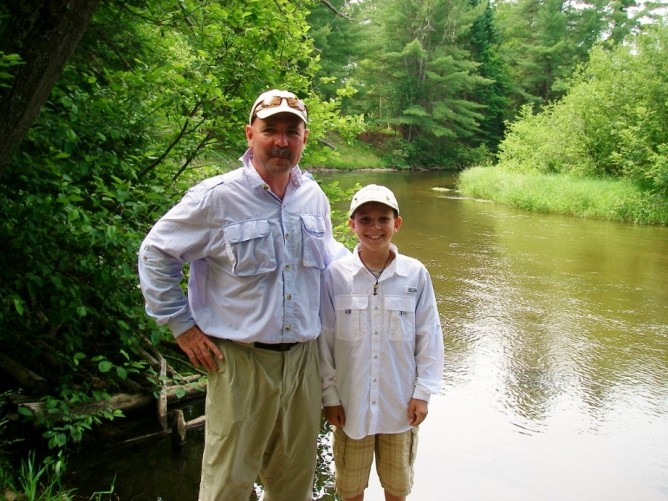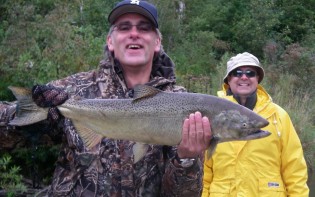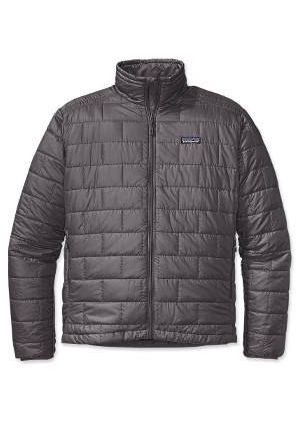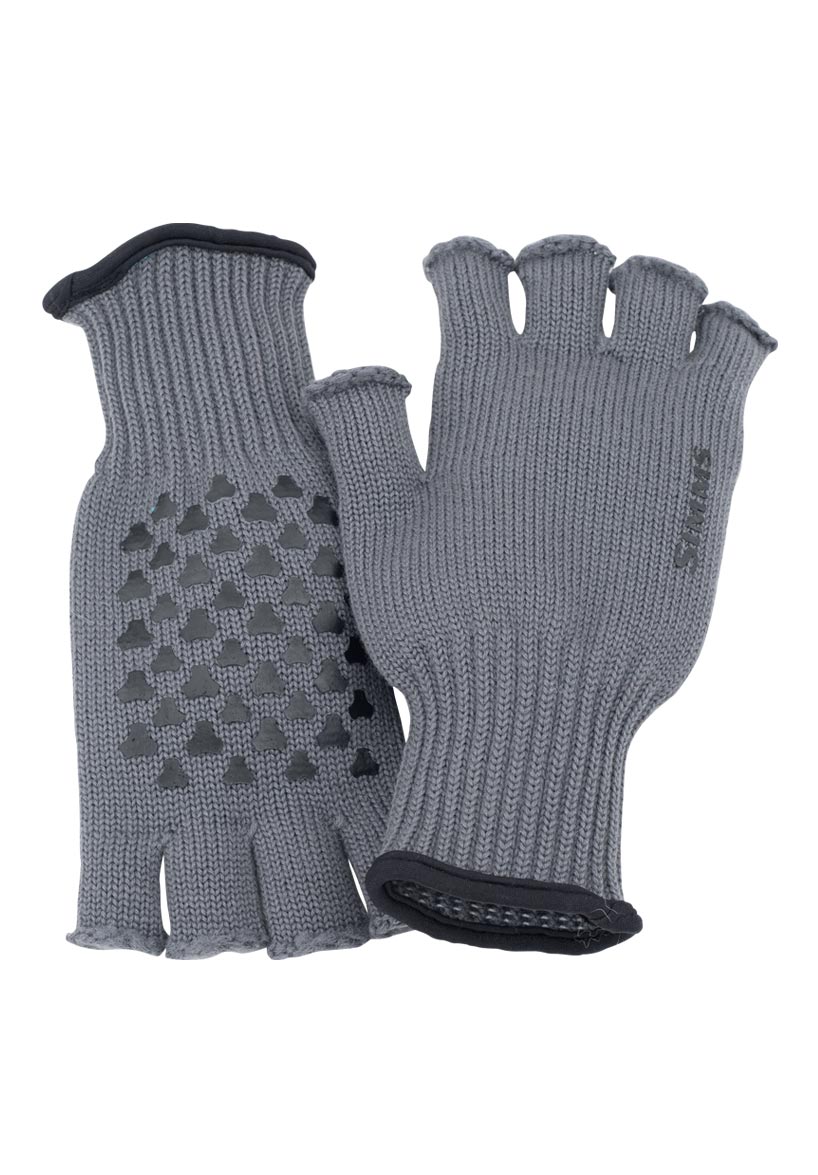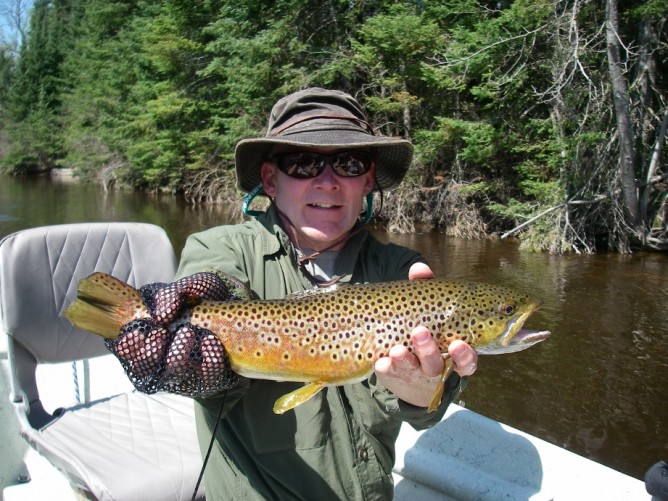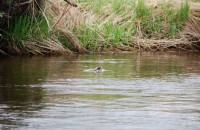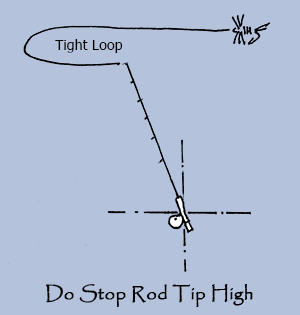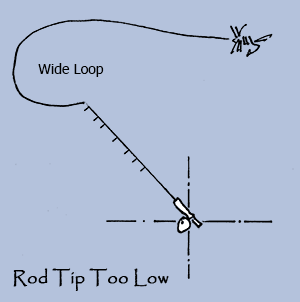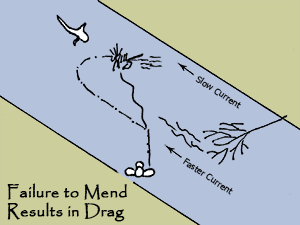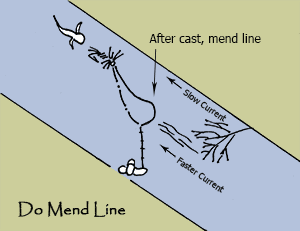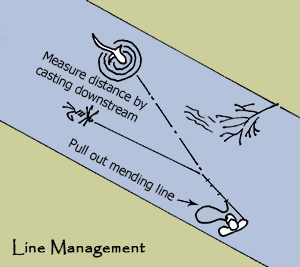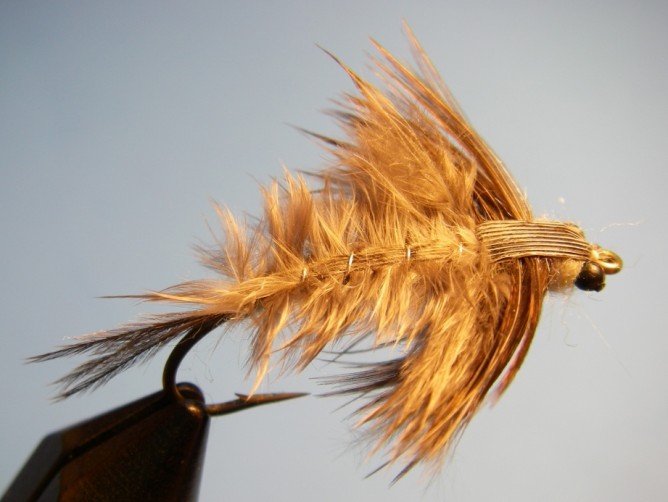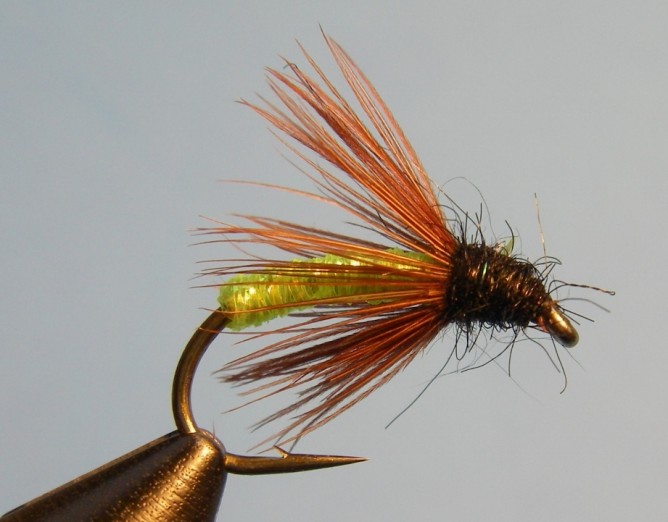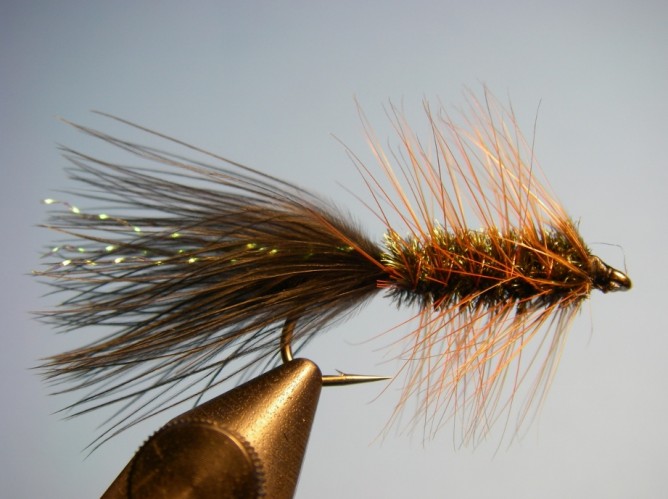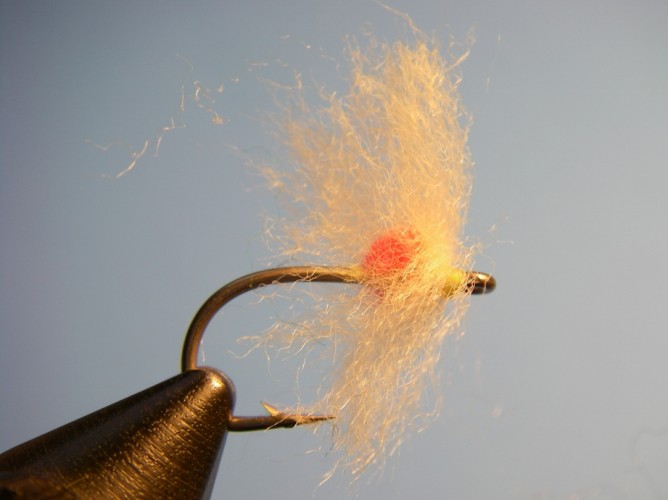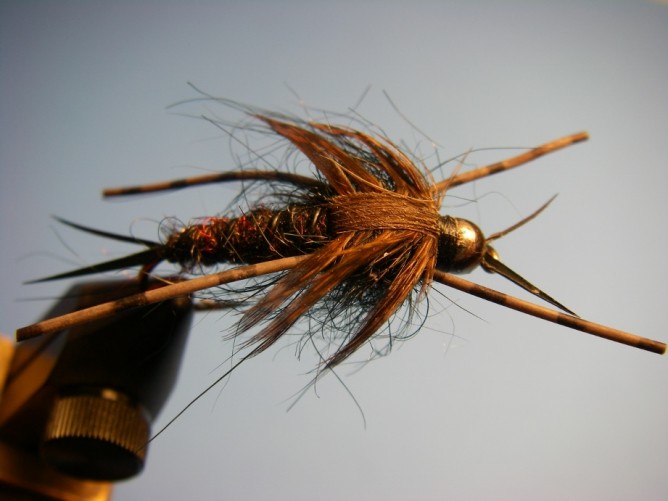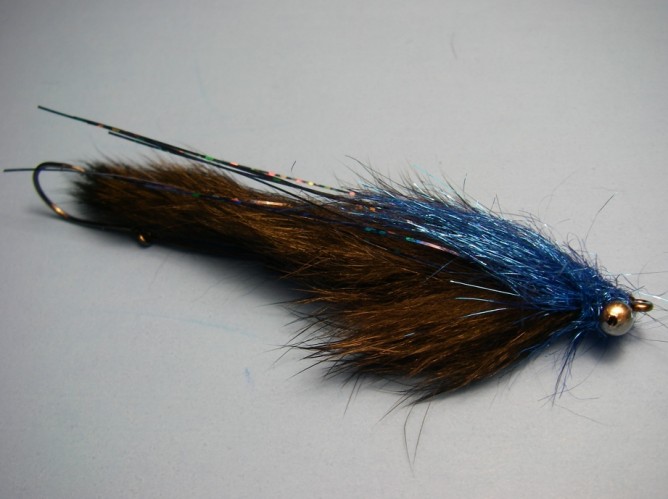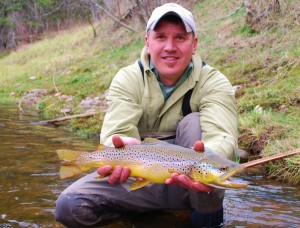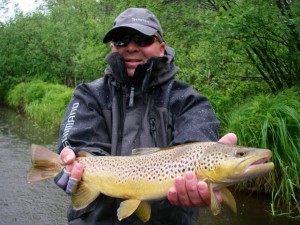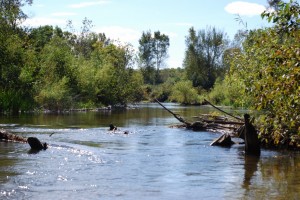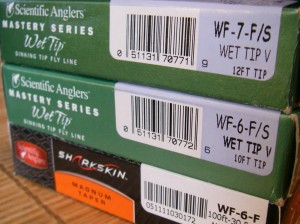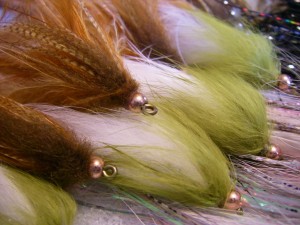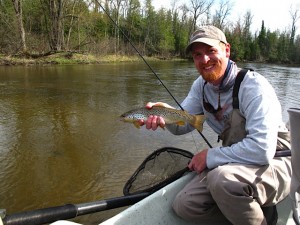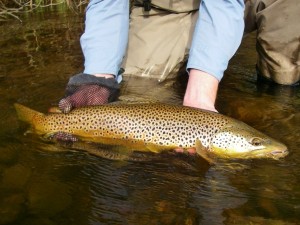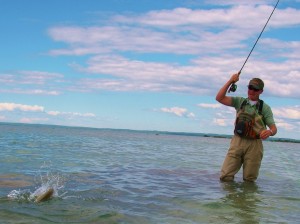Your equipment is expensive, so make it perform as long as beast as possible. The average fly line should last many years, and a good fly rod even longer. Waders? Well, they only last so long so get as much out of them as you can. Below are some ideas on how to keep your gear in working order – especially at the end of the season so you are ready to fish when the time comes around again.
Fly Lines
A line gets dirty even if it doesn’t appear to be. Easily clean your line by mixing warm water and a drop or two of liquid dish detergent in a bowl/bucket. Then dip a soft rag (part of an old white T-shirt is perfect) in the solution and run the fly line through the rag a number of times until it no longer leaves a dirt streak. After cleaning your line, go to either step A or B.
A. Newer lines (within the past decade) from Scientific Anglers, Rio and Orvis have lubricants built in the line – release them by using a micro-abrasive pad to scrape off the old patina so your line shoots through the guides and float high.
B. Older lines require fly line dressing that can be rubbed onto a fly line using a piece of T-shirt. For best results, let it sit 10-15 min. after applying, then lightly buff the line, removing excess dressing by using another piece of t-shirt.
Airflo fly lines with their polyurethane composition simply need cleaning with a rag and the solution mentioned above. A little Wiz-Lube applied to it can help “dress” the line, but you will find their lines don’t require dressing as often as other “top-coat” style lines.
When using sink tips of both short and long designs or full-sinking lines, clean and dress the line often for the best performance and to help eliminate tangles.
Tip: A line-winder like Angler’s Images is extremely handy when cleaning and dressing lines. It’s also great for switching your lines on your reels. After using it a few times you will wonder how you ever managed your fly lines before. No more tangles on the floor and a lot of time saved.
Fly Fishing Rods
Rods get dirty but are easy to clean. Wipe them off with a damp rag with the same soap and water solution used for your line. Use some rubbing alcohol on a cotton ball and clean your snake and stripping guides – you will be surprised at the amount of dirt that robs your performance from your cast.
The ferrule – the connection between two sections – needs a little more attention. Any dust, dirt or sand will damage the rod blank. Clean the female end with a cotton-tipped swab and rubbing alcohol while cleaning the male end with a paper towel and rubbing alcohol. Apply a new coating of ferrule wax to make a solid and smooth connection.
The cork grip of any rod is sure to get dirty. While you will never return the rod to new condition, you can clean it and get it close. If just a little dirty, use the same soap and water solution mentioned above to wipe the handle a few times then rinse. If the grip is still stained, use a little toothpaste and an old well-used tooth brush to gently “brush” the cork. Still dirty? You have been fishing a lot. Try a little Bar Keeper’s Friend and gently rub a little in. Don’t leave it on too long as it will bleach the cork. Rinse well with warm water.
Be sure the rod is completely dry before putting it back into the case.
Tip: Too much pressure and aggressive cleaning will do damage the cork by removing the filler in its voids.
Broken Rod?
Don’t wait until two weeks before the season to take care of any broken rods send them in now so your equipment is ready to go when it’s time to fish. Most leading manufacturer’s have great warranties and require a nominal fee for processing and shipping. Check out the manufacturer’s website for warranty and return directions and don’t wait – get it in and get it back.
Reels
Clean your reel by swabbing the inner parts with rubbing alcohol and remove all that northern Michigan sand that seems to find itself everywhere. Lube the working parts accordingly with grease and oil (consult your owner’s manual). The Abel Sportsman’s Lube Kit is a great assortment of lubes that belongs in everyone’s gear bag.
If your reel needs more attention and service than a wipe and lube, contact Bill Archuletta of Archuletta Reel Works.
Tip: Reels with a drag should be turned off when not using – especially during long periods of hibernation – to eliminate a “set” or flat spot.
Waders
Rinse and dry your waders before storing and place them in your wader bag or the original box. You may choose to hang them by the loop on the inside of your waders (if you have one), but don’t hang them long-term by the elastic suspender straps as they will stretch. Leaving your waders carelessly stored in the garage invites mice to chew and nest in them which is obviously something you want to avoid.
Fix any pinholes that may have developed. To determine if and where your breathable waders are leaking, turn them inside-out and spray with rubbing alcohol. Any holes will show up as dark gray or black spots. To repair, apply Aquaseal to those areas. The Simms website offers videos with instructions on the best repair and care for your waders.
If your waders have lost their water repellency on the outside, treat the exterior fabric with Revivex to allow for better breathability and comfort. See the Simms website for a video on how to apply.
Tip: I like to store my waders in the off season with a fabric softener sheet in each leg to help make the waders smell fresh.
Waterpoof Jacket
With time your breathable waterproof jacket will lose its DWR finish which causes water to bead on the surface and allows the fabric to breathe.
Apply Revivex the same way you would to your waders – spray the product on the jacket liberally and use a blow dryer to “set” it into the fabric. Follow the instructions on the Revivex label.
Tip: Your softshell jacket also loses its water repellency with use – treat it also with Revivex.

